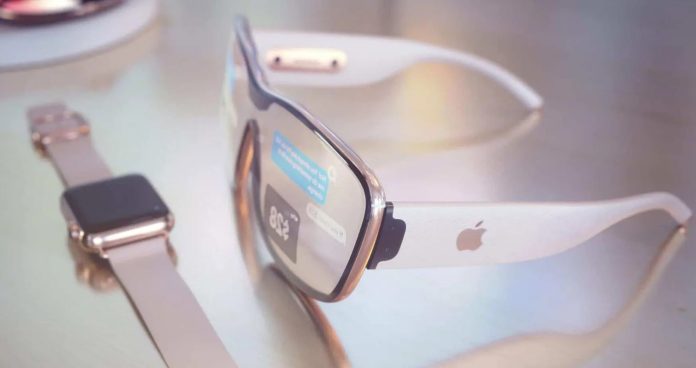Until the year 2000, the year 2000 was often used as a futuristic cliche in movies and literature. It sounded so distant, so mysterious.
Are you envisioning the future as a hellscape, where robots treat humans as cattle, as in The Matrix, or as an optimistic one, where technological advancements facilitate our dreams?
When I hear “future” – not even “far future” – my mind immediately goes to virtual reality (VR) and augmented reality (AR).
I have had three different VR headsets since the first Oculus Rift (now Meta Quest), and I regularly participate in VR experiences. The most exciting aspect of AR, however, is that instead of blocking out the real world completely and replacing it with a virtual one, it augments it with digital content you see within it.
“Although AR isn’t really mainstream yet, with very few of us having tried it due to its high price and lackluster polish, it is very likely to become the next big thing in the near future. We all live online via our phones, but what if our phones weren’t needed? What if instead of looking at a physical phone in our hand, we could see what our phones showed us right in front of our eyes, mixed with the real world?”, says Ivan Lovre Marusic, CEO & Founder, Game Taco.
That’s what AR glasses will do for us, likely soon enough, and a certain smartphone giant – Apple – has been working on its Apple AR glasses for quite some time. During his time as CEO of Apple, Tim Cook has been known to express his optimism about the future of this new technology.
The AR glasses could be unveiled this year, and I hope so, since word on the street (which actually means “industry insiders have said”) yet another delay for 2024 is a possibility.
If Apple does release those AR spectacles without a price that goes well beyond $2,000 (as some leakers have claimed), we might see an AR boom pretty quickly.
Apple’s AR glasses may be the company’s new, clever way to make you buy several Apple products just to experience the big new thing that is AR, besides their potential high price.
You’ll need to own an iPhone to use Apple’s AR glasses – that’s almost a given in the technology’s early days
As a company, Apple sells different products based on different needs. While Samsung is happy to sell you a Galaxy Z Fold 4 – a phone, a tablet, and even a PC in one – Apple would much rather sell you an iPhone, an iPad, and a MacBook.
The trillion-dollar Cupertino company is always careful not to let one product drain sales from another, supporting that theory. Your iPhone will never get stylus support, so you can buy an iPad if you need it. Your iPad does not run desktop apps, even if it can, so you’ll be inclined to buy a MacBook…
In order to fully enjoy your AR glasses, Apple is likely to require you to buy accessories, but most importantly, a newer iPhone is required.
This is the one I’d call understandable, because it makes perfect sense to me. As we don’t really have the technology to fit a full microcomputer along with a battery, sensors, and other technology into reasonably thin frames, early Apple glasses will require your iPhone to handle all the processing power.
Meanwhile, you have your iPhone, which is an incredibly powerful microcomputer. Why not use it to process those AR glasses?
In any case, you’ll need a newer iPhone, since Apple is bound to set some hardware requirements and limitations, thereby cutting off users of older models.
In fairness to Apple, all iPhones starting with the iPhone 8 are kept up-to-date, so even if the AR glasses have a stricter limit, it shouldn’t be too bad.
“Eventually, technology will be so tiny that we won’t need our phones at all, and all of their technology will be crammed into smart glasses frames. It’s probably at least a decade in the future, but I already strongly believe it’s the direction we’re headed”, says Sofia Hamberg, Content Director of Flightradar UK.
You may need an Apple Watch to use Apple’s AR glasses too; or at the very least to get “full functionality” out of them
Despite my skepticism, I can easily see how a future Apple Watch would be the perfect device to interact with our AR glasses.
If your Apple Watch had sensors that could identify your arm movements and finger gestures more precisely, it would be a win-win situation. As well as making it easier to control AR content, it’s also a socially acceptable way to wear AR smart glasses. As far as I’m concerned, the other option would’ve been “smart gloves,” which we’ve also seen leaks suggesting Apple was researching in the past. Thanks to Jon Lightfoot, CEo & Founder of Strategic SEO Solutions.



































